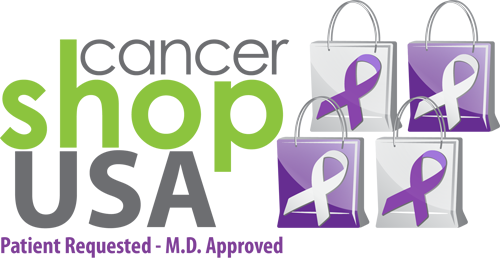You don’t need to be a cancer patient or survivor to know
that you may need to make some changes to your diet.
Recently, I was told by my GI that I have IBS (irritable
bowel syndrome). After enormous amounts of research, I found that I am not the
only one with so called “poopy problems.” In fact, everyone has some form of
IBS. It usually shows its face around times of stress or certain insalubrious
diet changes.
I researched every food and the affect it has on people with
more forceful IBS. Eventually I decided that if I was to be influenced from
what I read online, I would starve to death before my “poopy problems” even
took effect!
I made my own diet changes. As obvious as it may seem, I
made it my goal to eat two servings of vegetables a day. The same went for
fruit. The rest of the foods I ate came with trial and error.
To this day one question I am always asked is, doesn’t dairy
upset your stomach? How do you get enough calcium? The answer is yes, dairy
does bother me and no, I am not lactose intolerant.
These very questions bring me to the purpose of this blog
post. How does someone chose which milk to buy? Which yogurt? In most grocers
today the choices for milk go far beyond 2%, whole, and fat free. How about
those choices plus organic, almond milk, soy, rice…the list
continues.
Cow’s milk: Available in whole, 2%, 1%, and skim. Cow’s milk
is the best choice for those with no dairy sensitivity. It has the highest
daily calcium value and double the amount of protein than any other milk.
Soy milk: Soy milk has more of a thickness to it than that of
cow’s milk. Soy milk comes in a variety of flavors, and is made by soaking
soybeans and grinding them with water. It is low in calories, high in protein
and calcium, and has no saturated fat. There is ongoing research of soybeans,
and as some studies suggest soy can inhibit protein and mineral absorption
offsetting its health benefits.
Goat’s milk: Used all around the world as a compliment to
cow’s milk, goat milk is more easily digested because its protein molecules are
sized differently than cow’s milk. Goat’s milk and whole cow’s milk contain the
same amount of protein however, goat’s milk contains more tryptophan, an
essential amino acid. The pitfall, goat’s milk contains lactose, sorry dairy
free-ers!
Almond milk: A personal favorite! Almond milk has the same
thickness and texture as cow’s milk and is lactose and dairy free! Almond
milks’ high vitamin and mineral and low fat content make it comparable to cow’s
milk however, it only contains 1 gram of protein per cup rather than 7-8 grams
in soy and cow’s milk. Note: Always check the ingredients in almond milk, some
brands add unnecessary sugar.
Rice milk: Low in fat and calories, rice milk is also
lactose and soy-free. The problem with rice milk is that it contains little to
no nutritional benefits.
Coconut milk: Thick and creamy, coconut milk is best used
for cooking! It is more easily digested than diary milks and low in
cholesterol. Watch out for those calories! Coconut milk has almost 500 calories
per cup.
Raw milk: Some note it as “nature’s perfect food.” Raw milk
comes from cows, goats, or sheep and is unpasteurized, meaning no processing. Make
an informed choice to drink raw milk. Cons include harbored bacteria in your
milk such as, salmonella, E. coli and listeria.
Organic milk: Sleep better at night knowing that your
organic milk was made without growth hormones, antibiotics, pesticides, or
synthetic fertilizers. With some debate, organic milk is not much-if any
healthier than regular cow’s milk and cost more than double the price.
This may seem like a lot to soak in, but more and more
consumers are looking to go “all-natural”, dairy-free and of course green! Make
sure you are making the best decision for yourself and your family.
Use this as a guide the next time you are shopping for milk
or yogurt. Please feel free to leave your comments on which kind of milk
satisfies you best and why!







.JPG)



